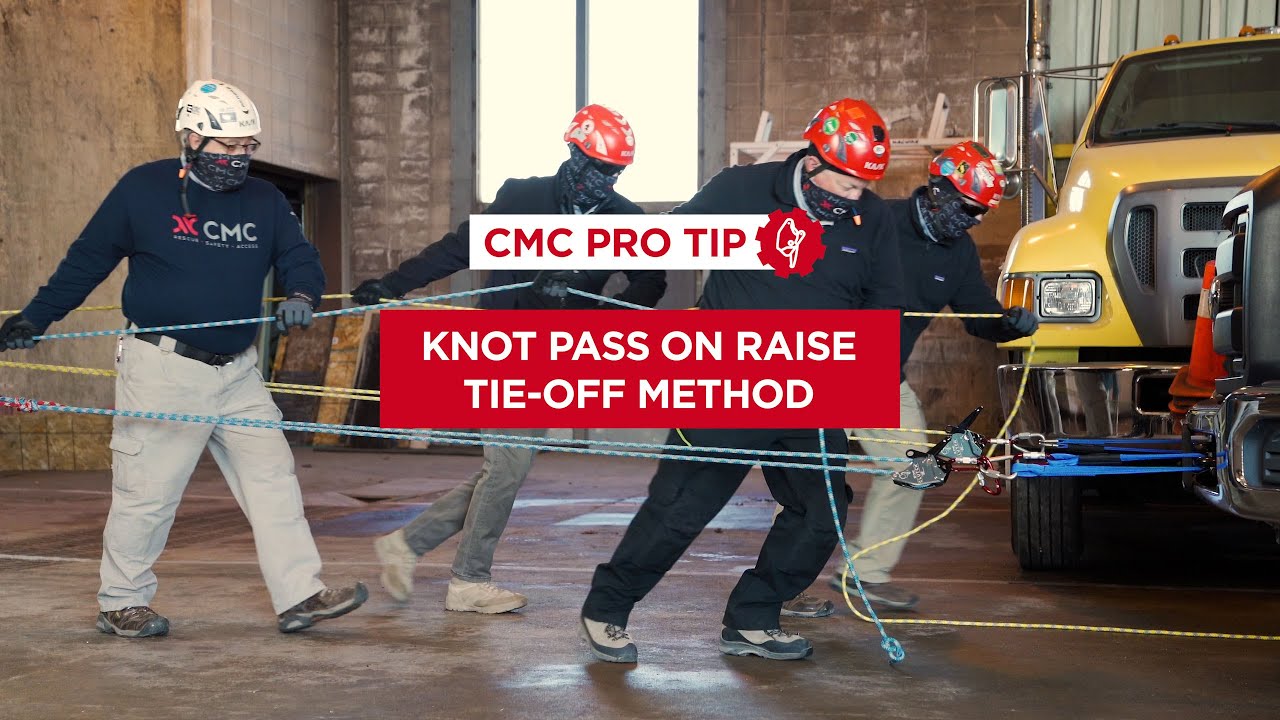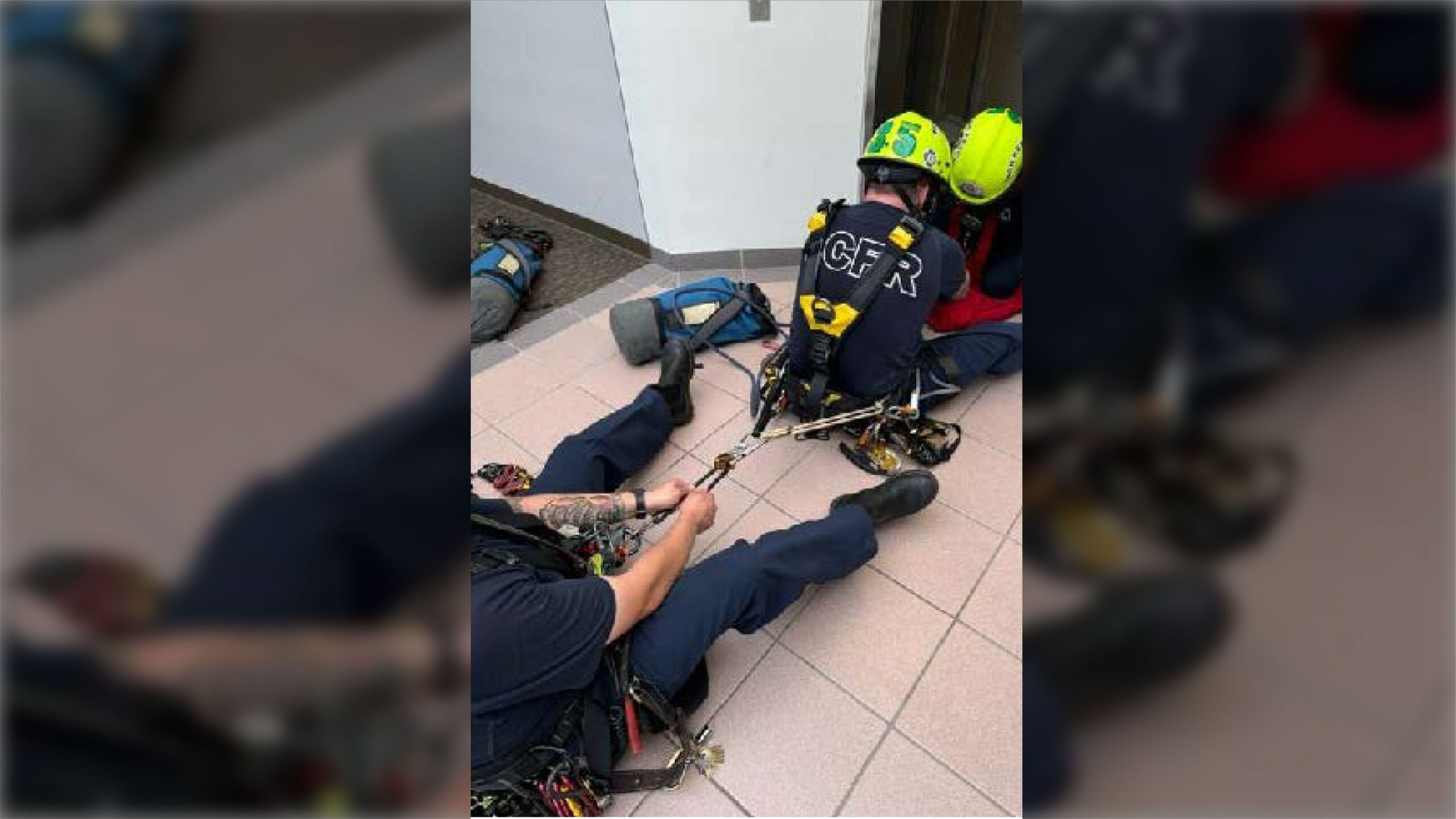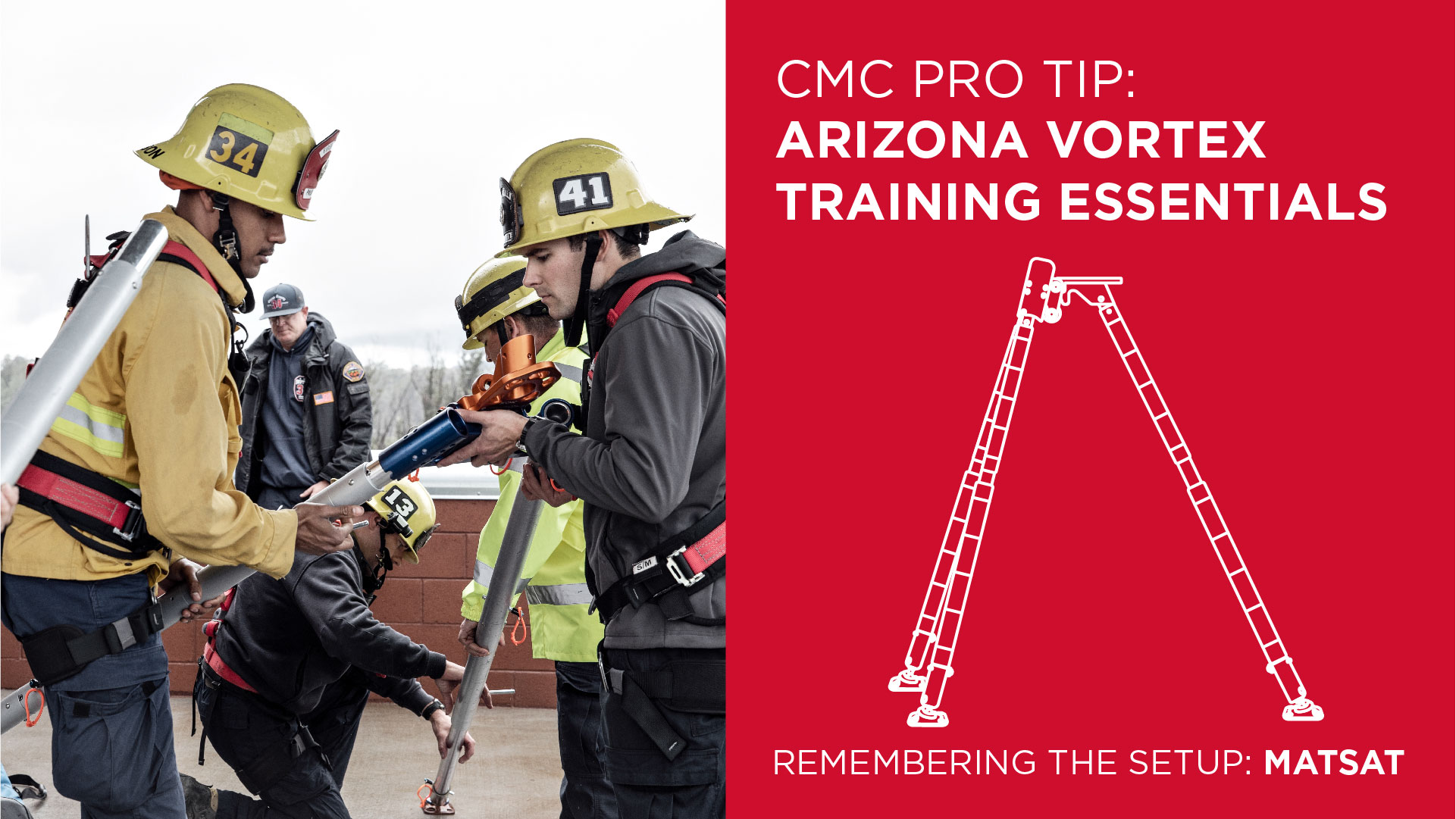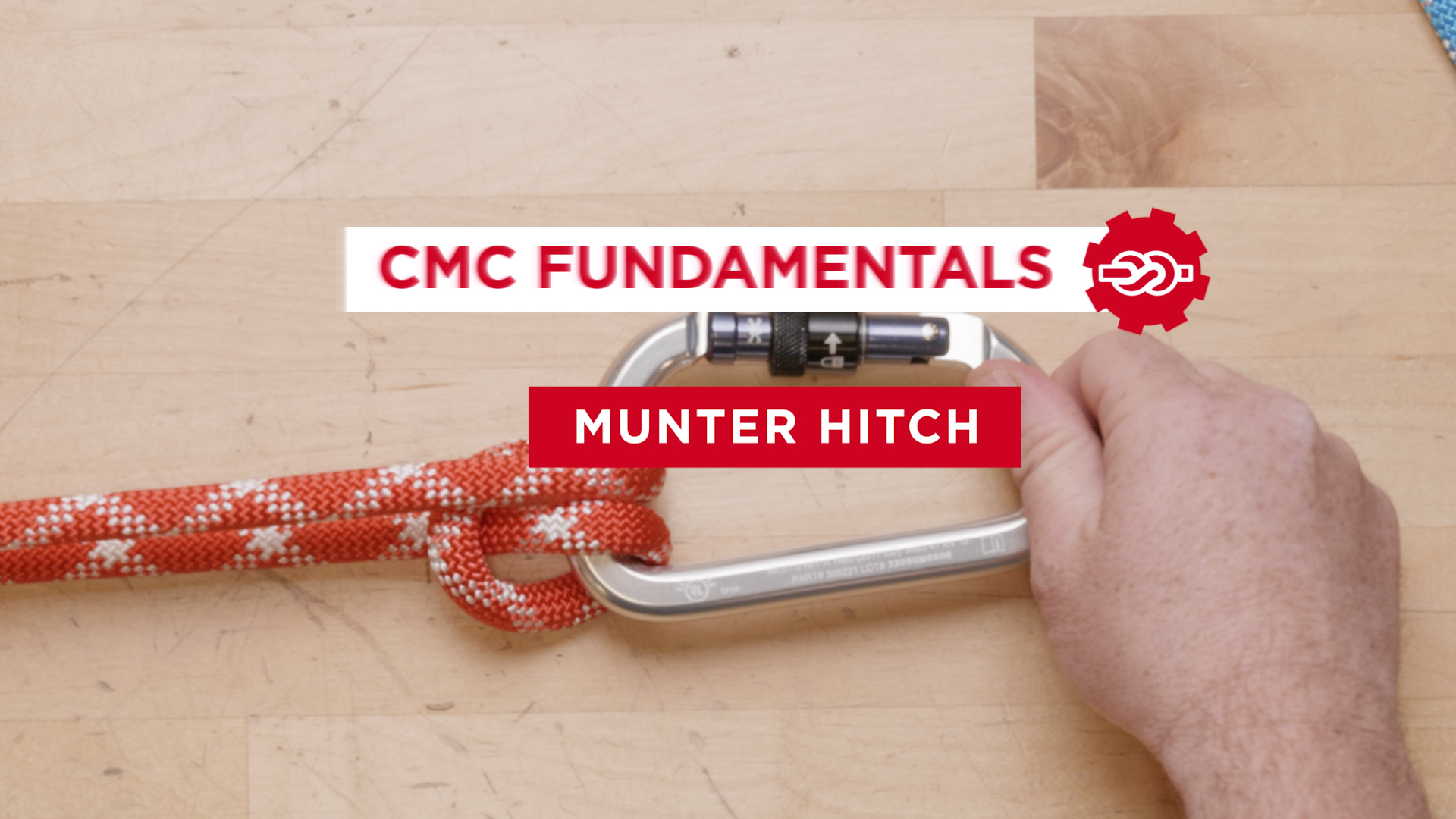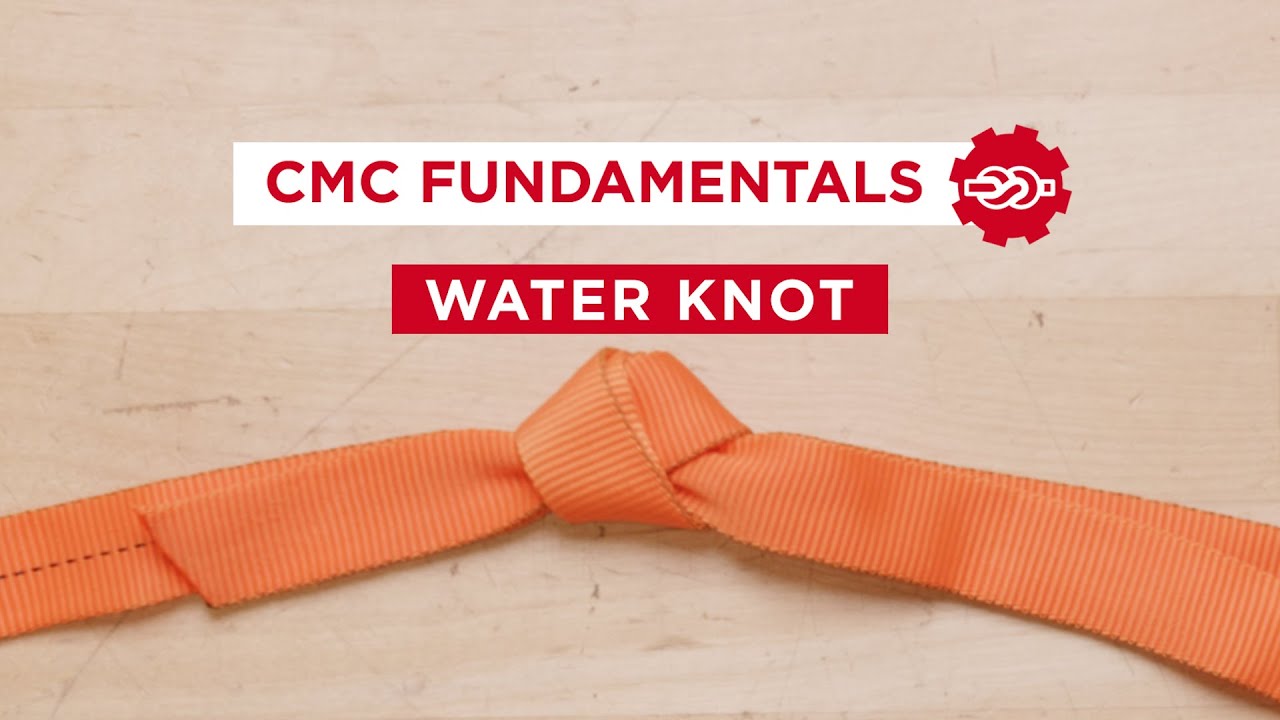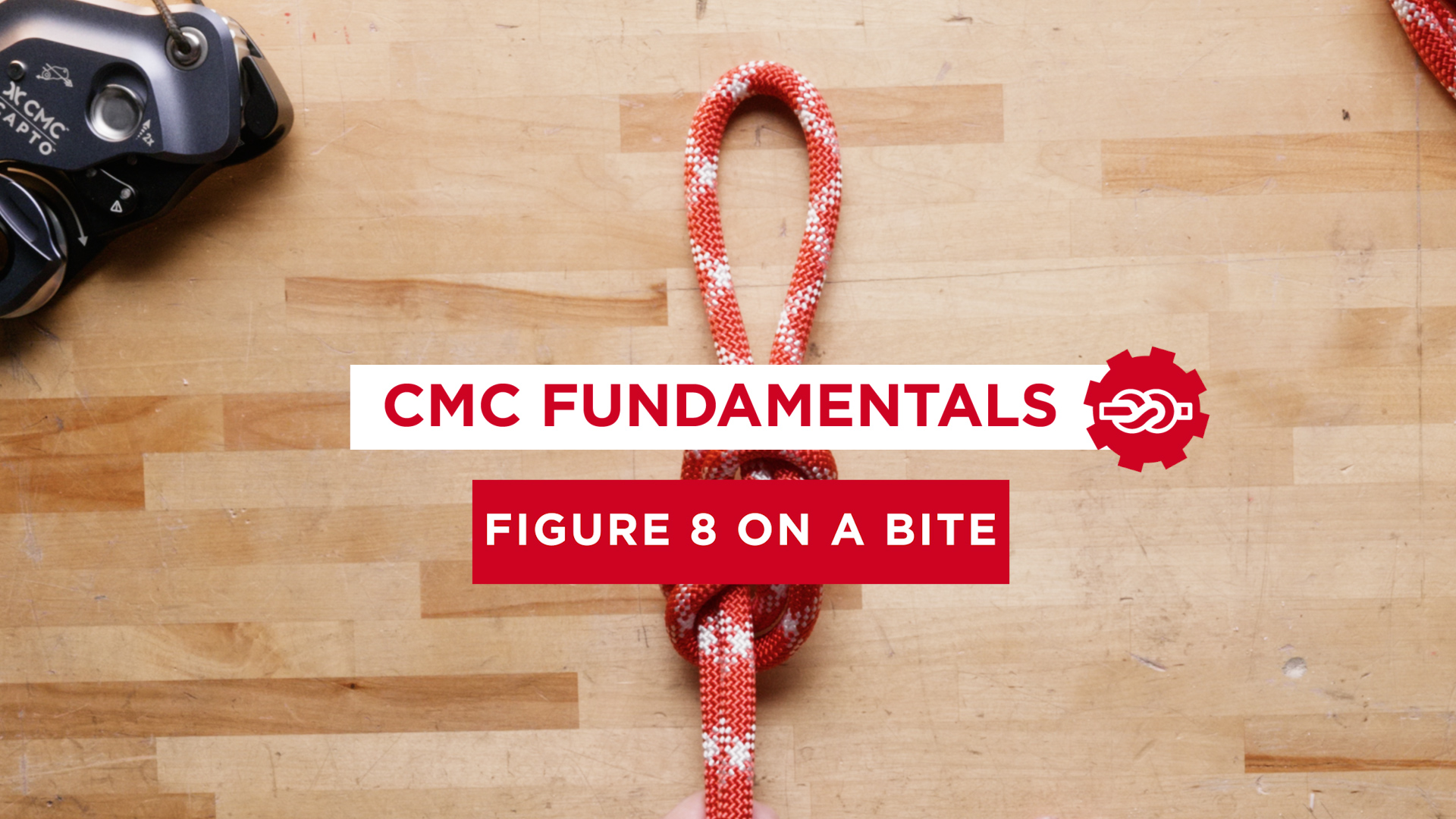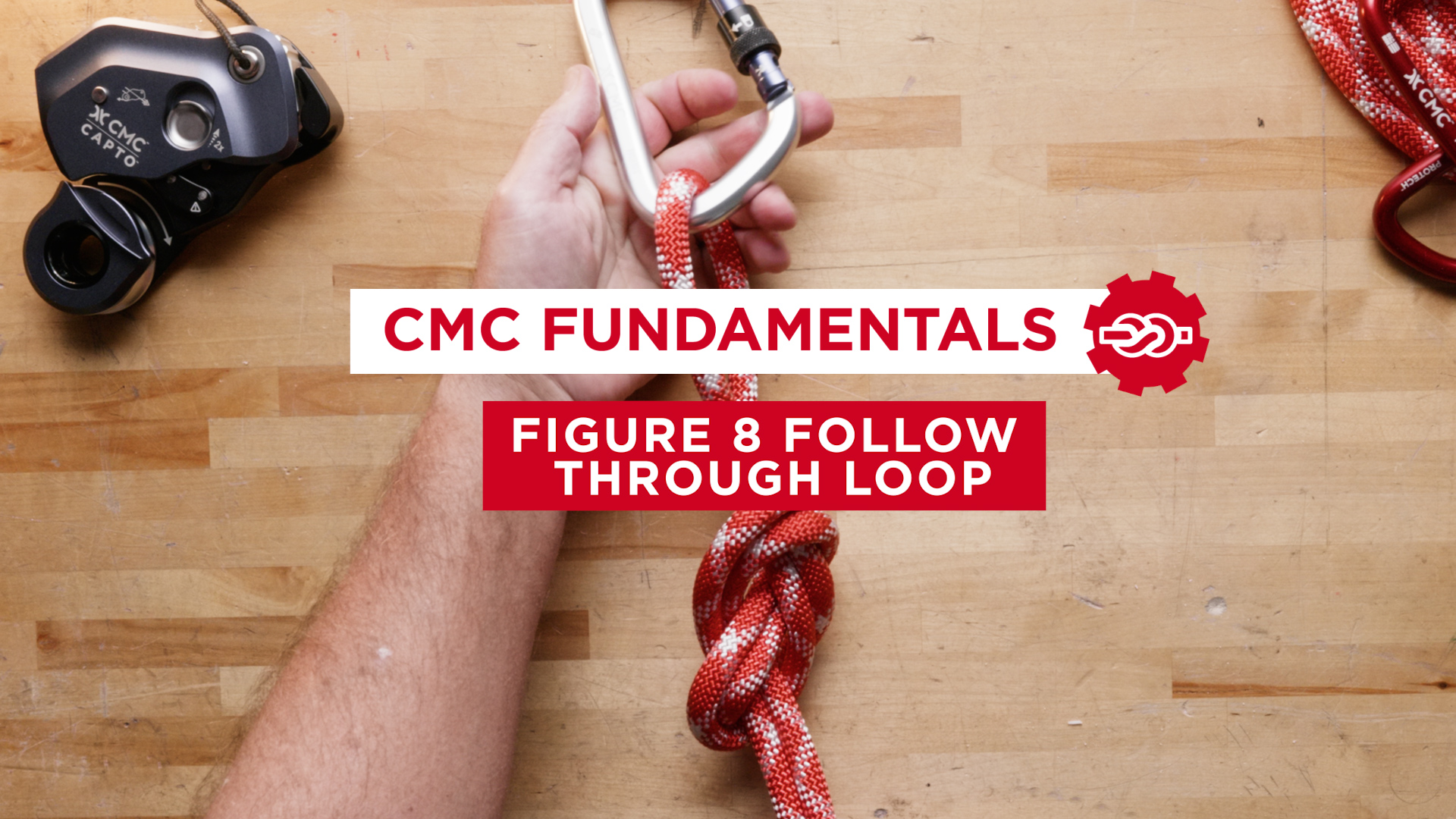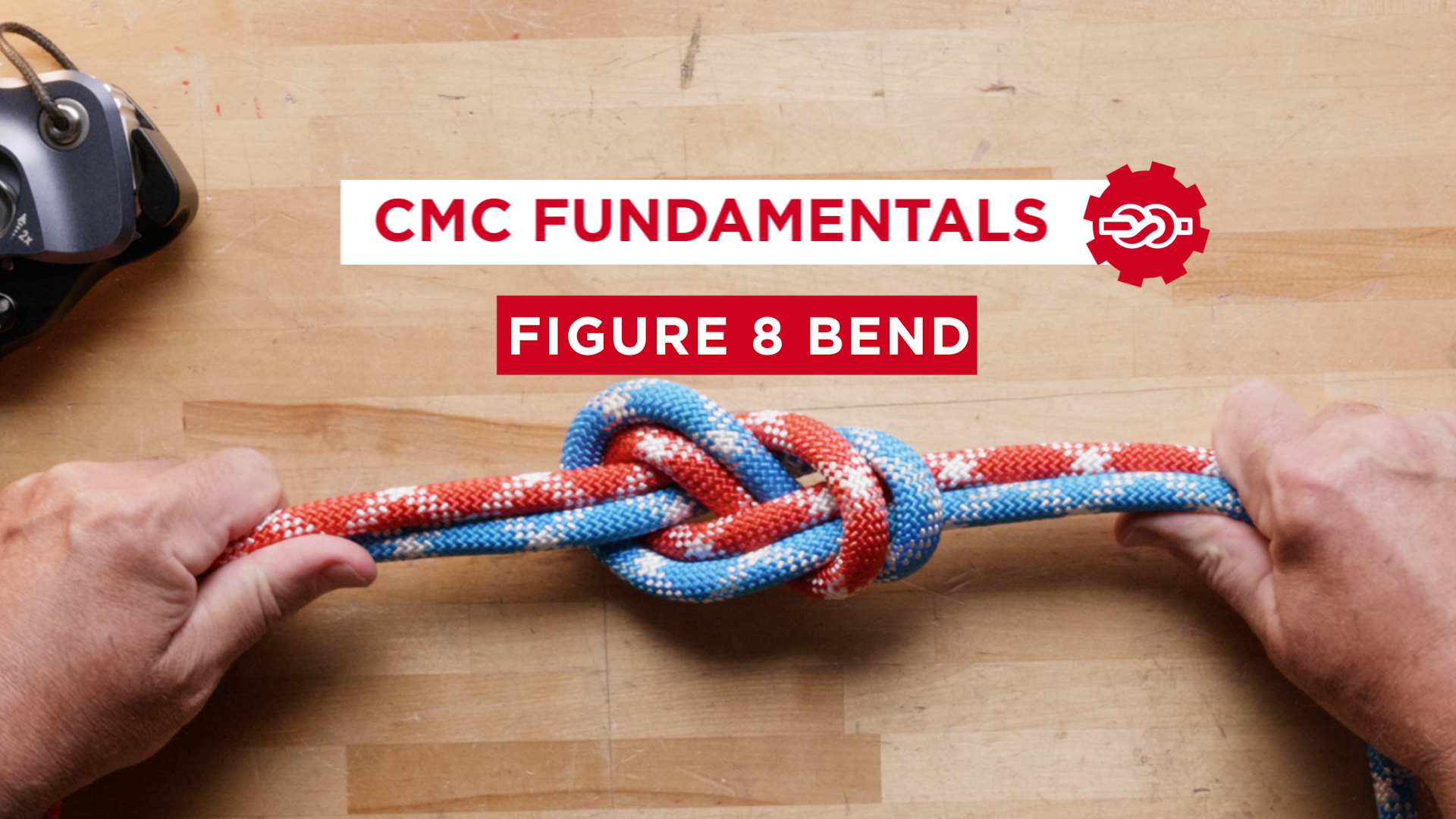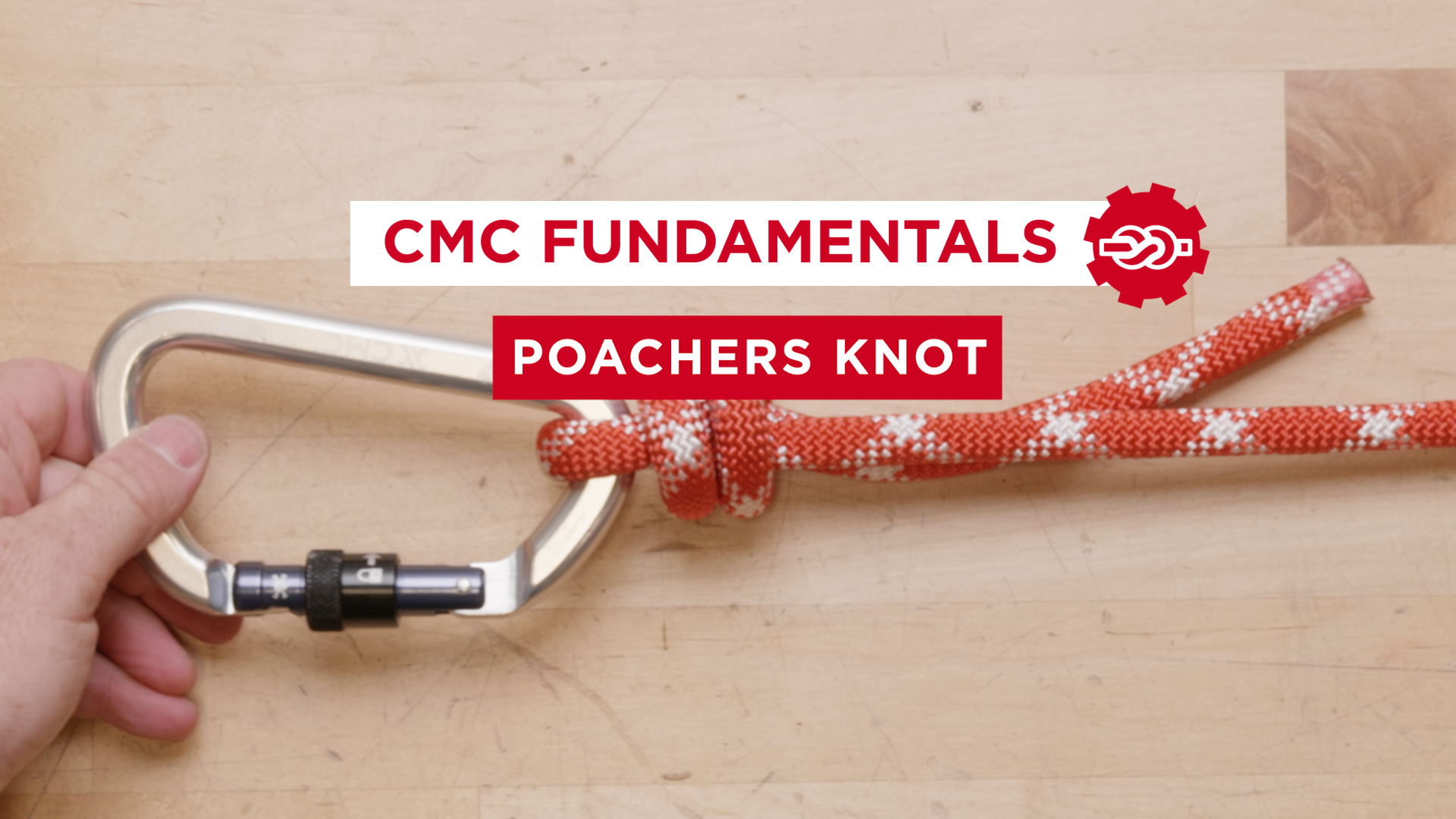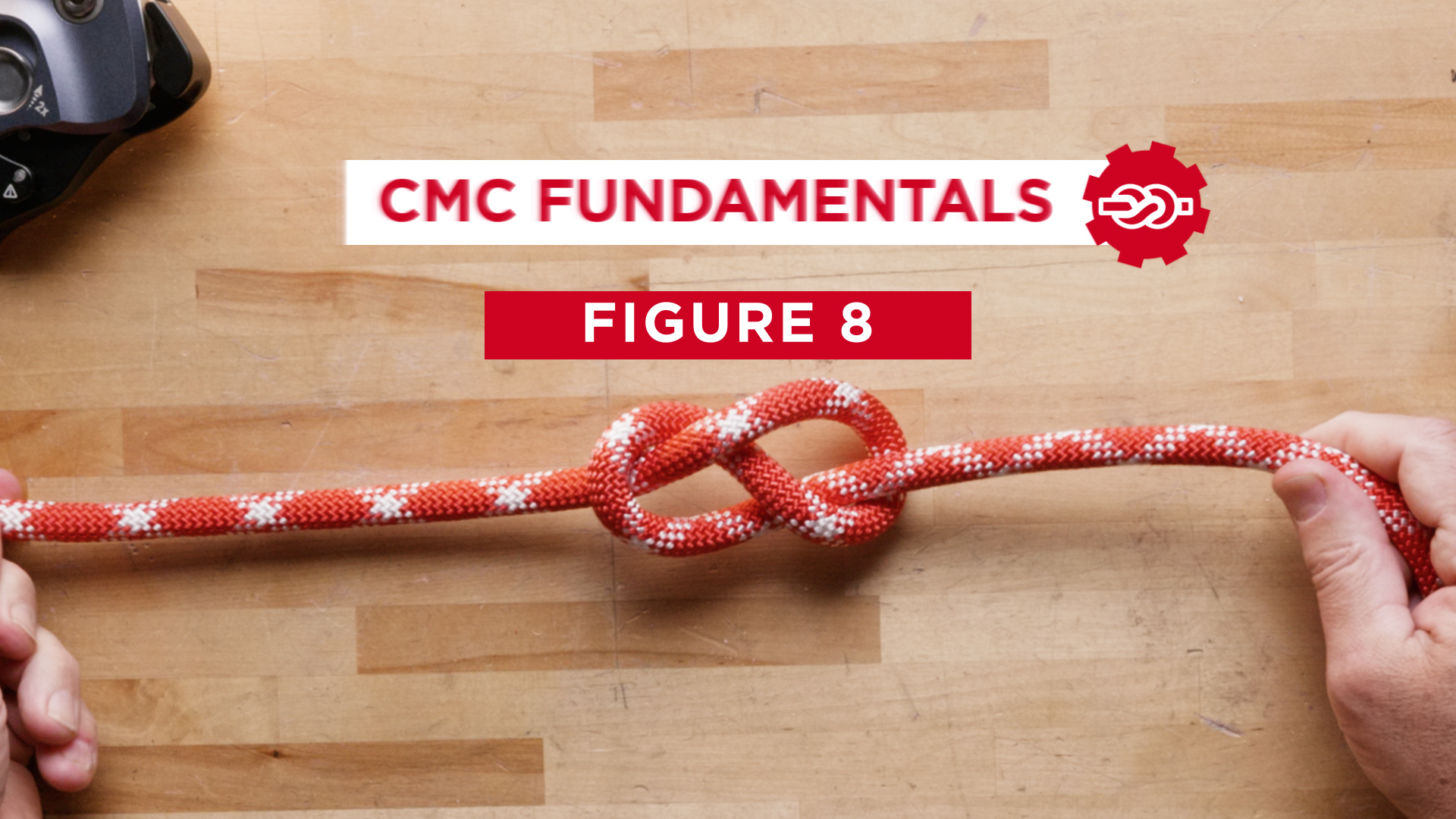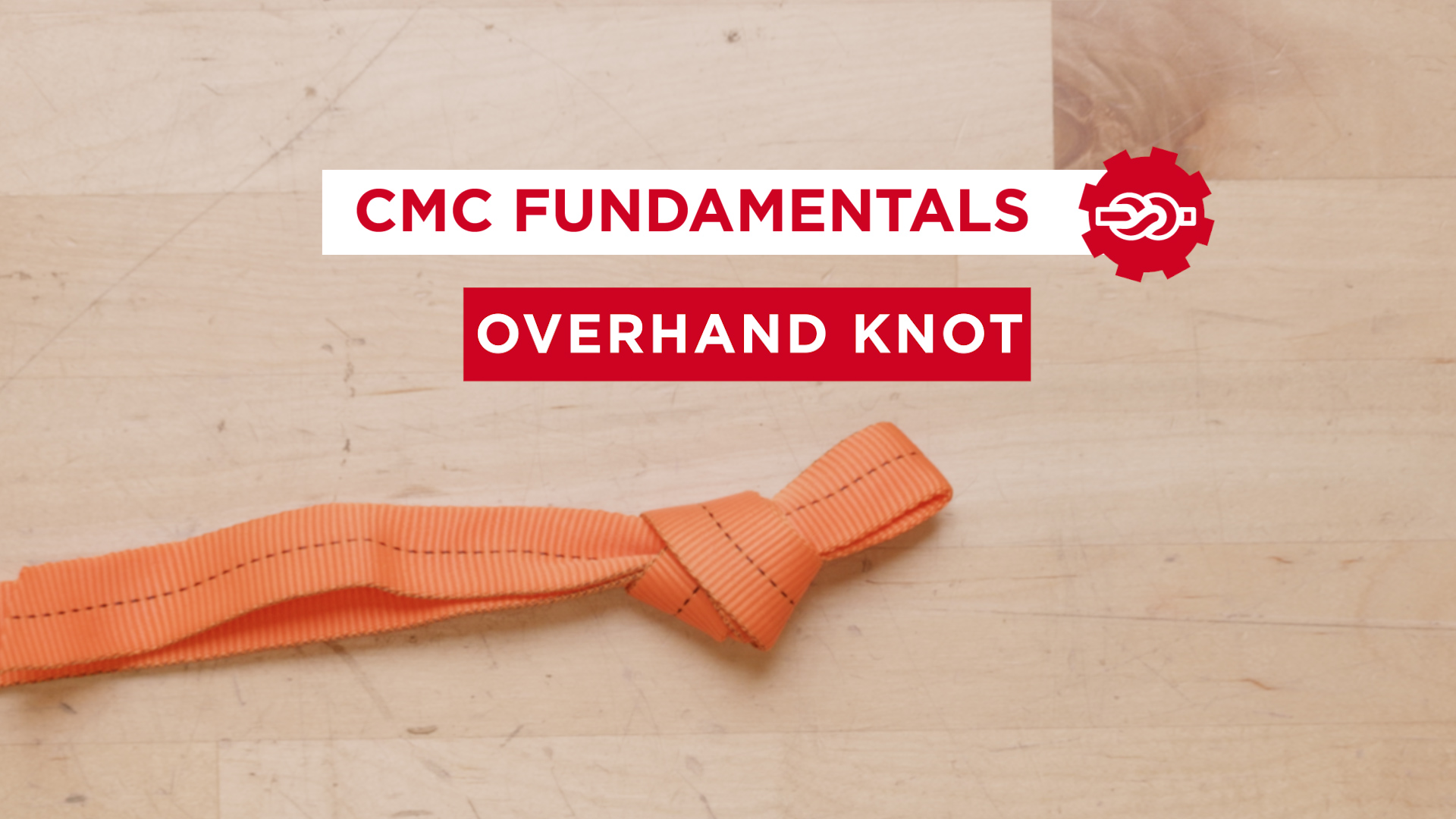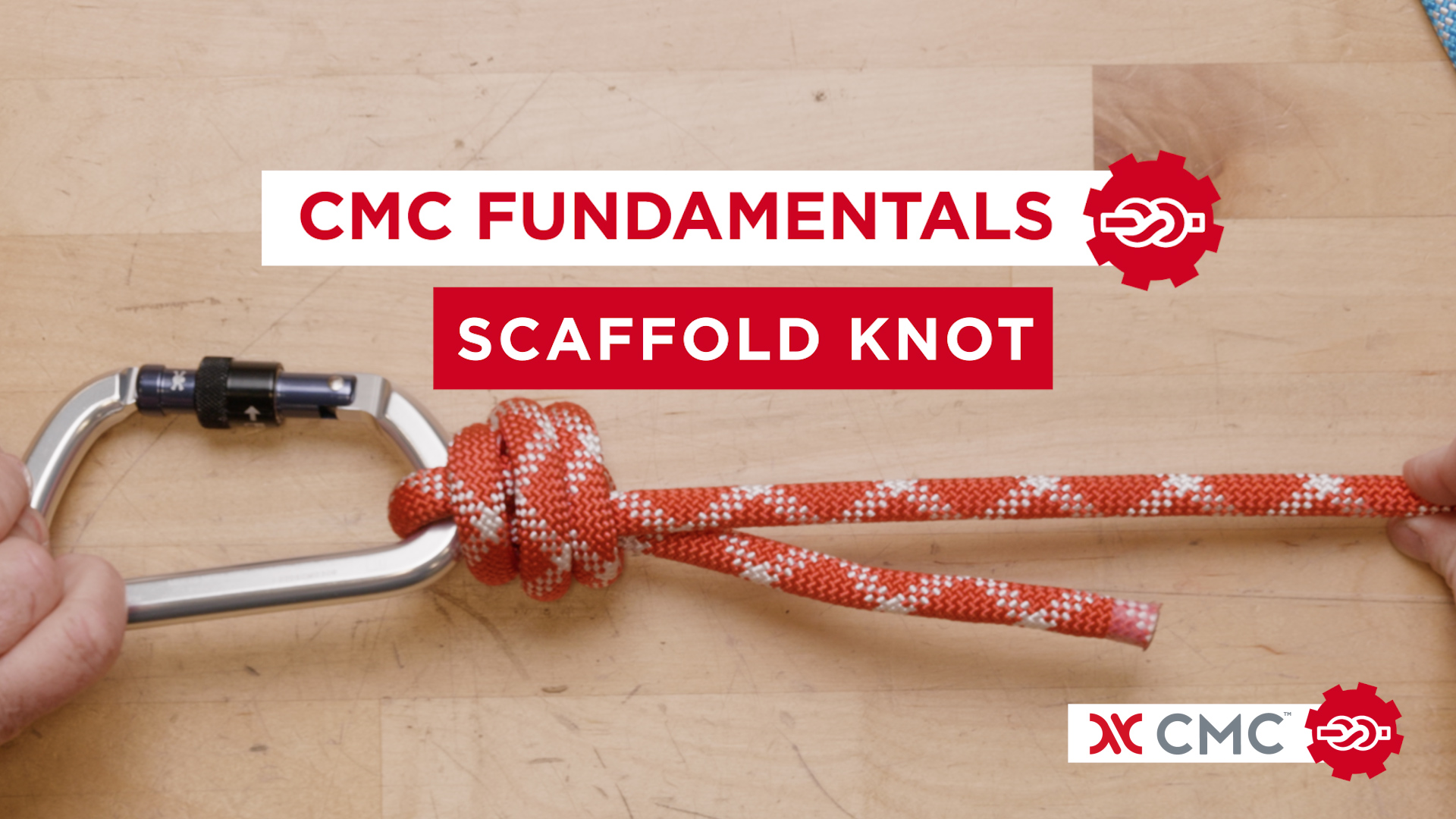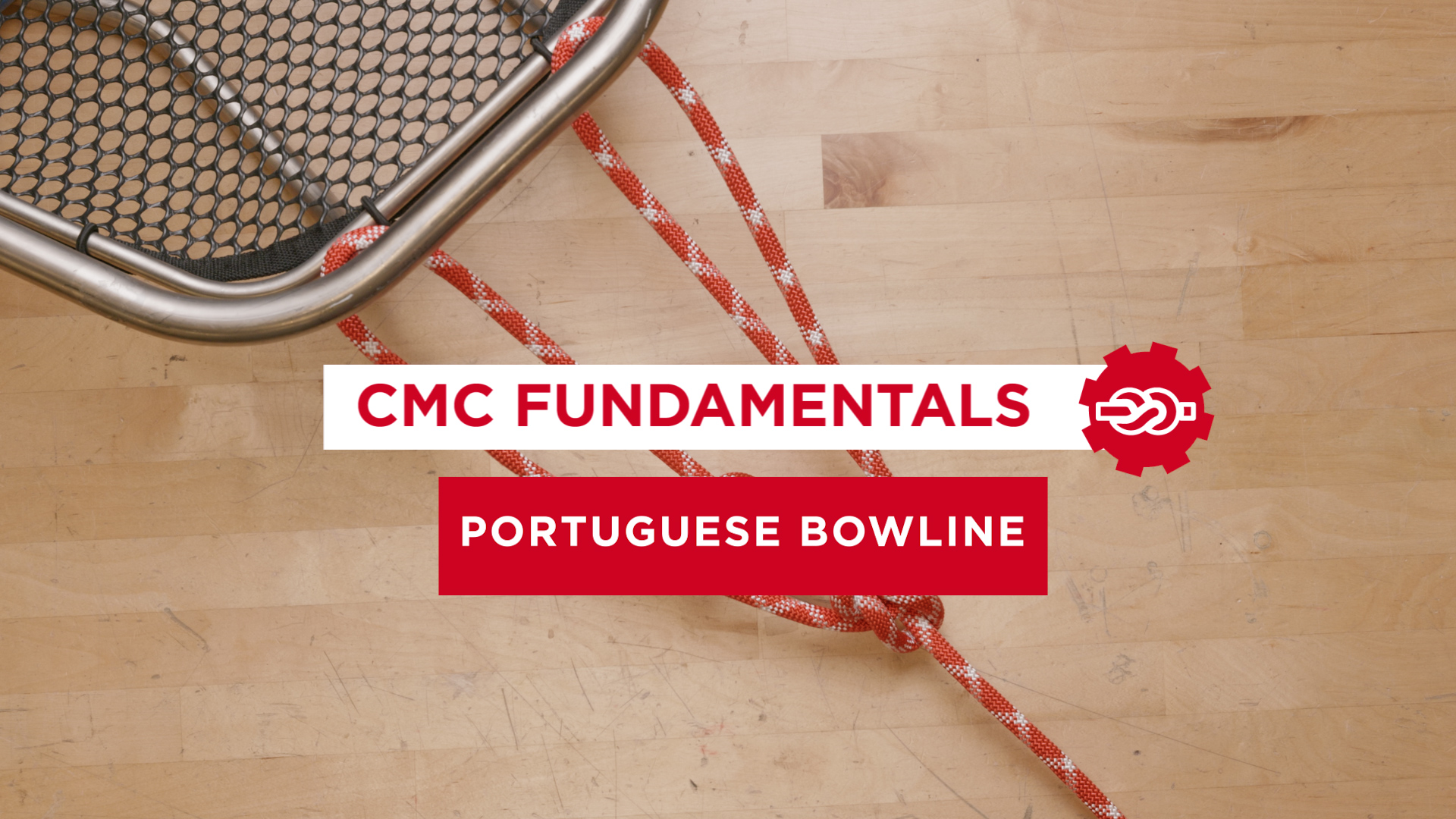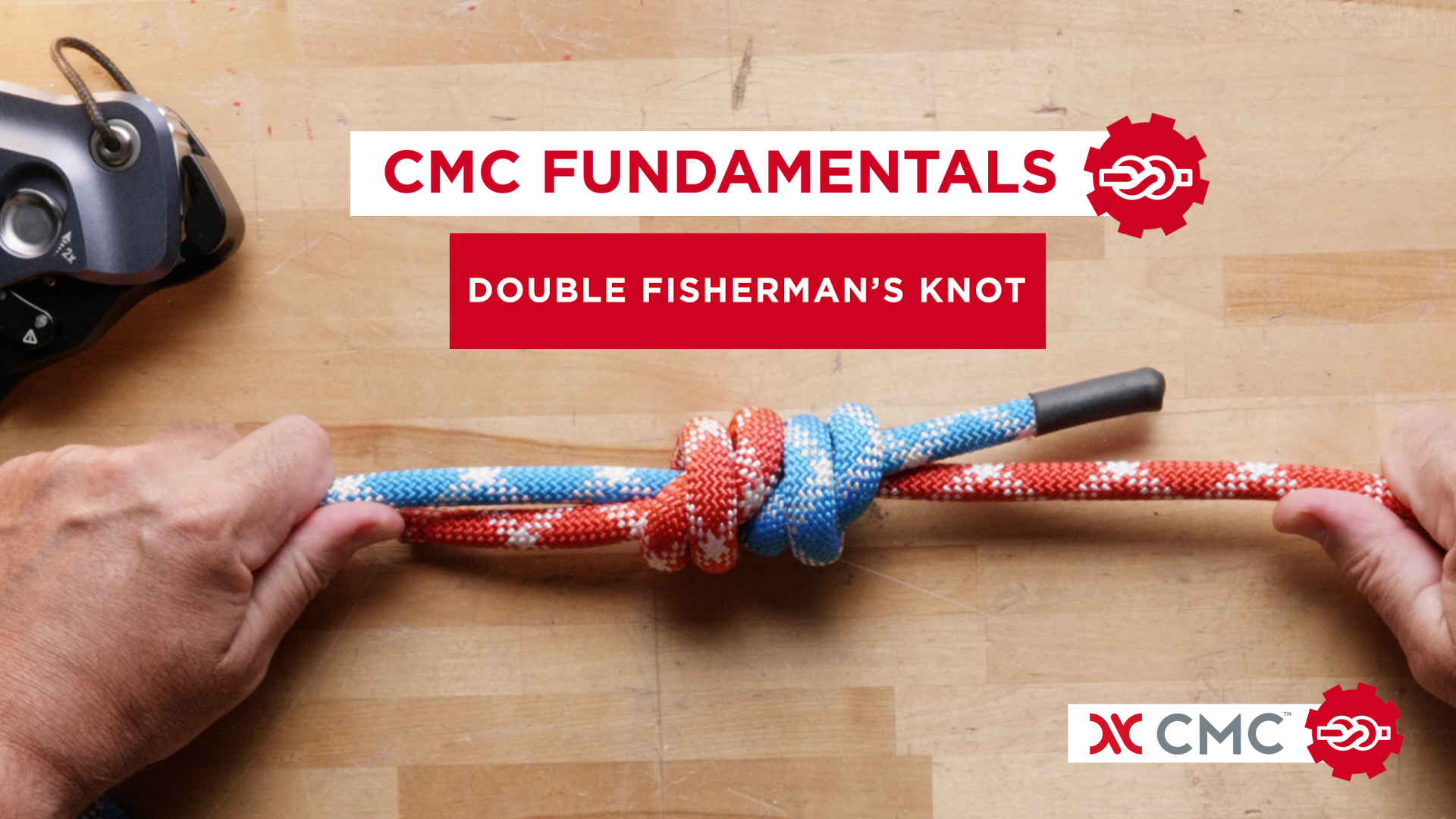How to Pass a Knot on a Raise Through the CLUTCH Using the Tie-Off Method // CMC Pro Tip
Passing a knot through a system is an important skill for a Rope Rescue Technician. In addition to extending the rope’s length by tying two or more ropes together, a knot can be used to isolate a short section of rope that is damaged by an edge, etc. in order to complete a rescue without having to stop and swap out the lifeline in the midst of the operation. The Alpine Butterfly is a great knot to use to isolate a damaged section of rope by ensuring the damaged section is in the unloaded loop created by the knot. Once a knot is in the system, a Rope Rescue Technician must be prepared to deal with it.
In this video we demonstrate how to pass a knot through a raising system using the Tie-Off method. The Tie-Off method should only be used in a Dual Capable Twin Tension Rope System (DCTTRS). The Tie-Off method shown in this video is the fastest and most efficient way to pass a knot that we teach in CMC School courses. It can be used when you are using dual CLUTCHes, MPDs, I’Ds, etc. It is critical that the knot being used as the tie-off, either Figure-8 on a Bight or an Alpine Butterfly, be attached to a separate carabiner on the anchor so that the potentially load-bearing carabiner attached to the CLUTCH, MPD, I’D etc is never opened (if required) until properly backed up.
These videos are intended to be an adjunct to competent hands-on instruction. For more information about open enrollment or customized contract Rope Rescue and Confined Space Rescue classes please visit the CMC School Website at: https://www.cmcpro.com/school/
Additional information about knot passes can be found in the CMC Rope Rescue Technician Manual, The CMC Rope Rescue Field Guide or on the CMC App available for free in the App Store or Google Play.
Step by Step:
1. Stop raising when the knot is 12 inches or 1/3 a meter from the CLUTCH.
2. Lock off CLUTCH on the knotted rope.
3. Tie a Figure 8 on a Bight or an Alpine Butterfly about 3 feet or 1 meter behind the CLUTCH.
4. Attach that knot to a separate carabiner on the anchor.
5. Check the system.
6. Continue hauling on the second rope until there is enough slack to rig the knot past the CLUTCH.
7. Unlock the CLUTCH, remove the knotted rope and rig the rope so the knot is in past the CLUTCH.
8. Make sure the CLUTCH side plate is fully closed.
9. Pull any slack through the CLUTCH
10. Lock off the CLUTCH
11. Disconnect the knot from the anchor and untie it.
12. Unlock the CLUTCH and haul until the load is equalized on both lines.
13. Haul with both ropes and re-rig the front haul pulley past the knot when needed.

